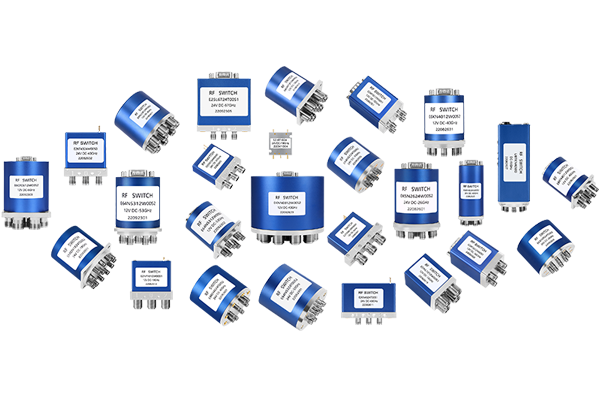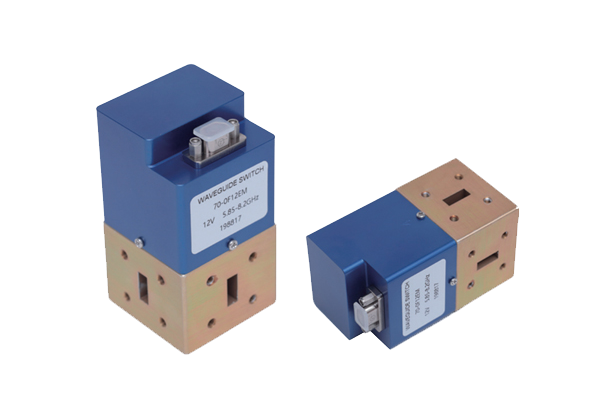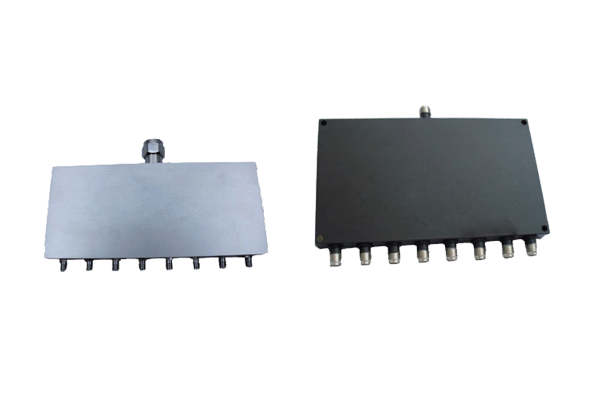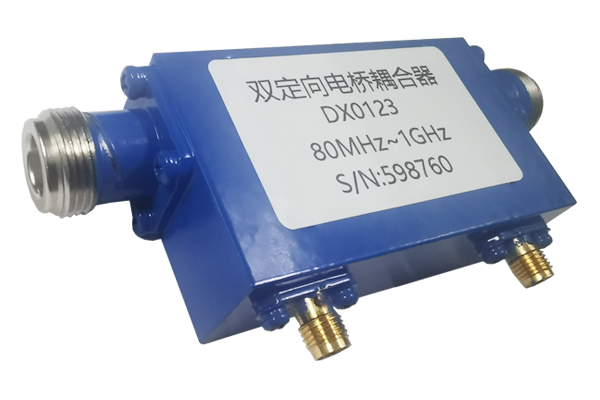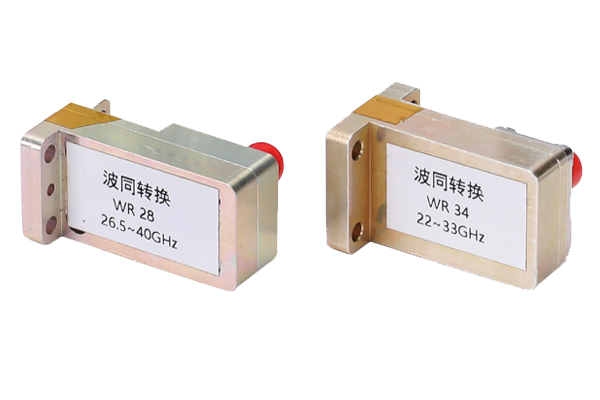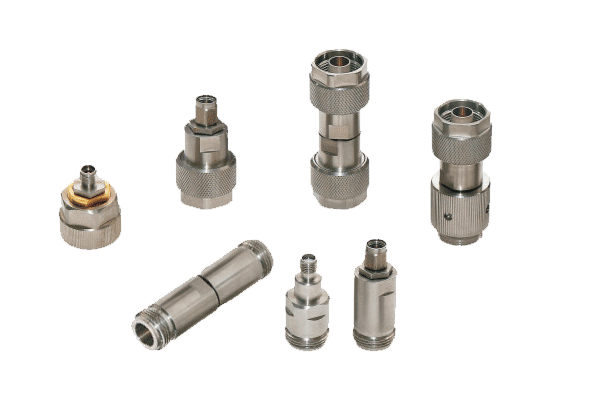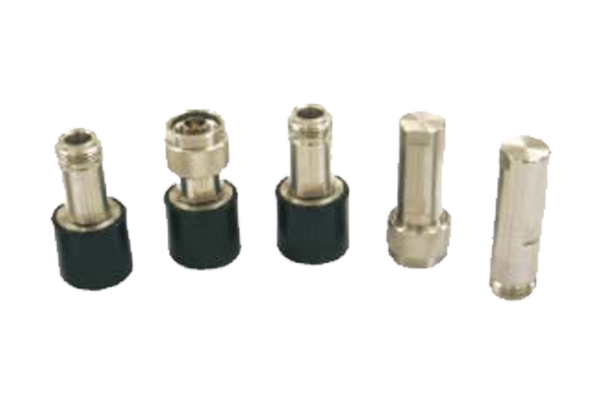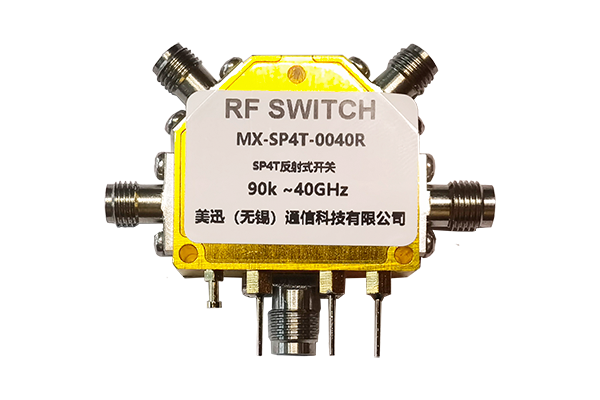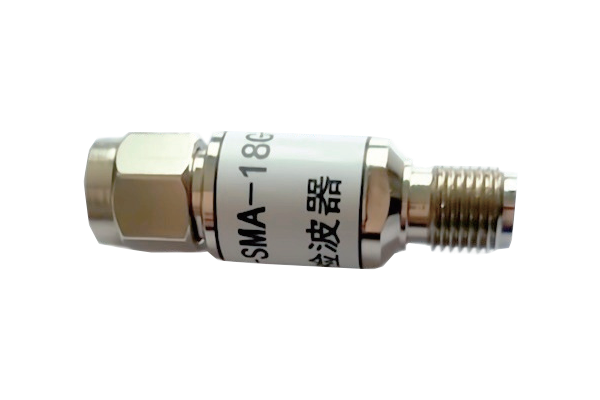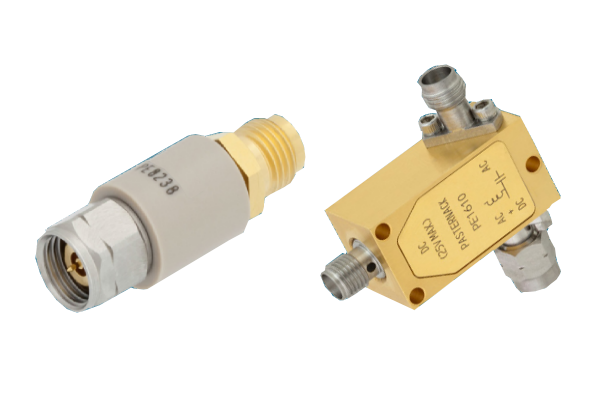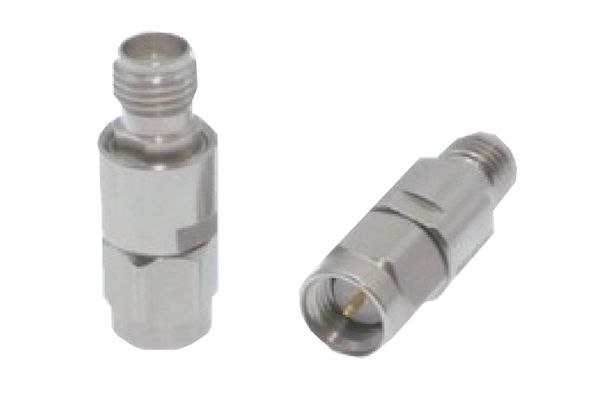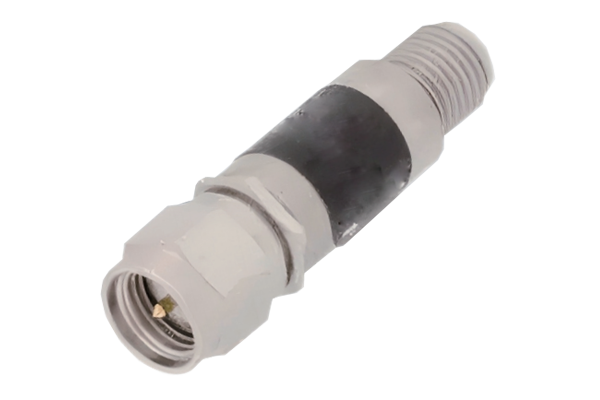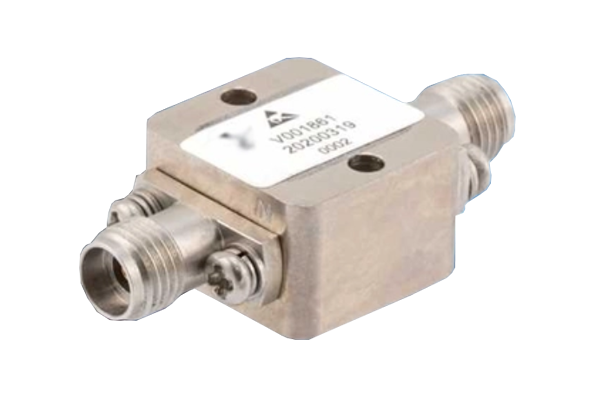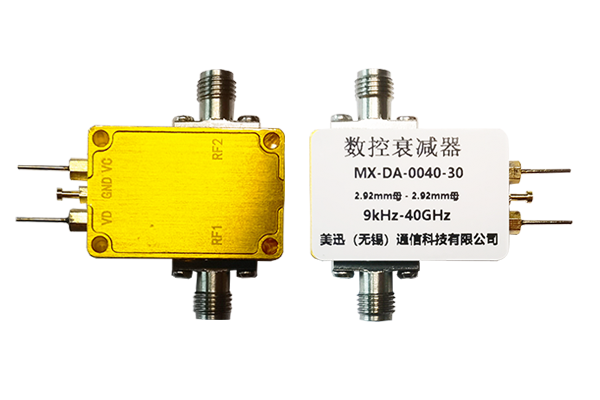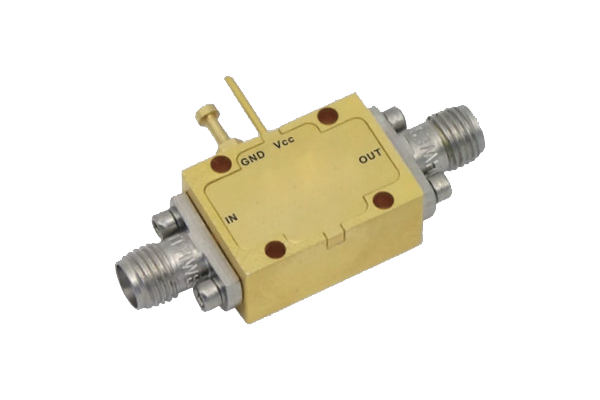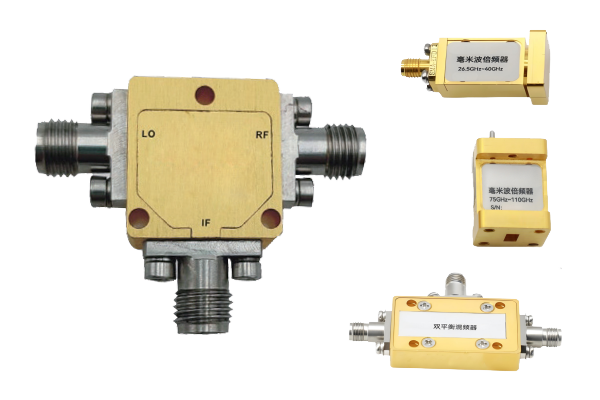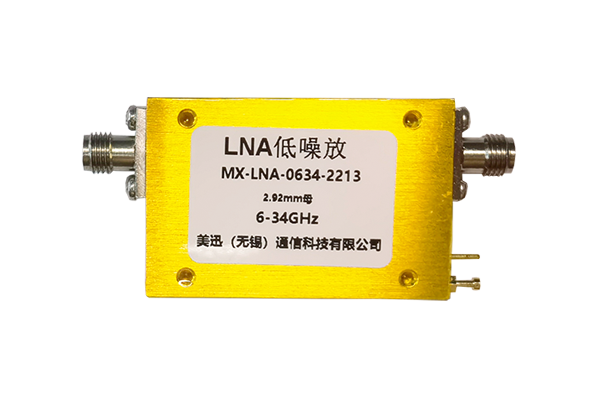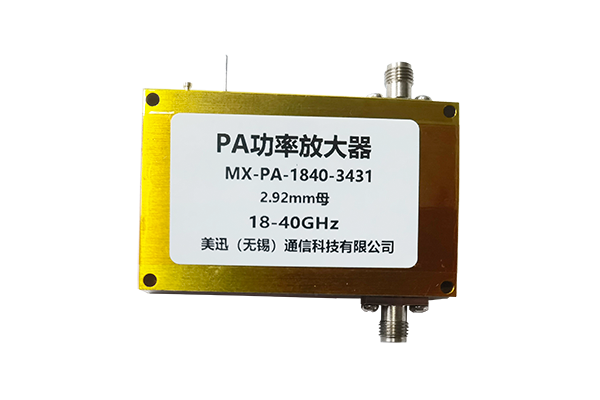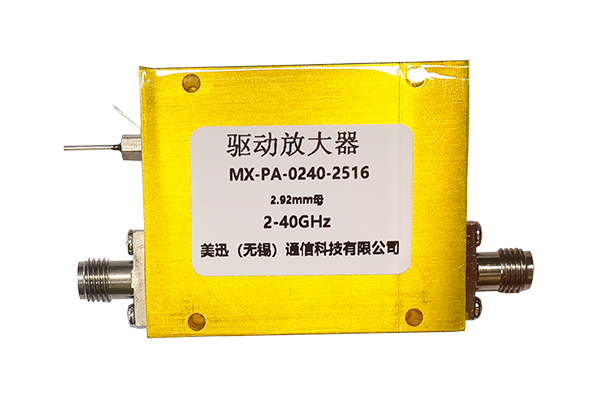How to Test Isolation Index of Coaxial Switches
Isolation (or isolation loss) is a critical parameter for coaxial switches, measuring signal leakage between ports when the switch is in the "off" state. Here’s a step-by-step guide to testing it accurately:
1. Test Equipment Required
-
Vector Network Analyzer (VNA): Measures S-parameters (e.g., S12/S21 for isolation).
-
Calibration Kit (SOLT): Ensures accurate VNA calibration up to the switch’s frequency range.
-
RF Cables & Adapters: High-quality cables matching the switch’s impedance (typically 50Ω).
2. Test Setup
-
Calibrate the VNA using Short-Open-Load-Thru (SOLT) at the switch’s operating frequency (e.g., DC–18 GHz).
-
Connect the switch between VNA ports:
-
Port 1 → Switch Input (Common Port).
-
Port 2 → Switch Output (Isolated Port when "off").
-
-
Power Settings: Set VNA to low power (e.g., –10 dBm) to avoid damaging the switch.
3. Measurement Steps
-
Step 1: Activate the switch to isolate the target port (e.g., disconnect Port 2).
-
Step 2: Measure S21 (Forward Transmission)—this directly indicates isolation (in dB).
-
Step 3: Repeat across the frequency range (e.g., 1 GHz steps) to capture worst-case values.
4. Key Considerations
-
Baseline Noise: Ensure VNA noise floor is at least 10 dB below the expected isolation.
-
Connector Torque: Use a torque wrench (e.g., 8 in-lb for SMA) to avoid signal leaks.
-
Temperature Stability: Test at 25°C ±5°C (isolation may degrade at extremes).
5. Interpretation
-
Typical Values:
-
Mechanical Switches: 60–90 dB (higher at lower frequencies).
-
Solid-State Switches: 40–70 dB (varies with frequency).
-
-
Fail Criteria: If isolation drops >10 dB below spec, check for damaged contacts or contamination.
6. Advanced Tips
-
Time-Domain Reflectometry (TDR): Locate impedance mismatches causing leakage.
-
Repeatability Test: Cycle the switch 100+ times to detect wear-related degradation.



